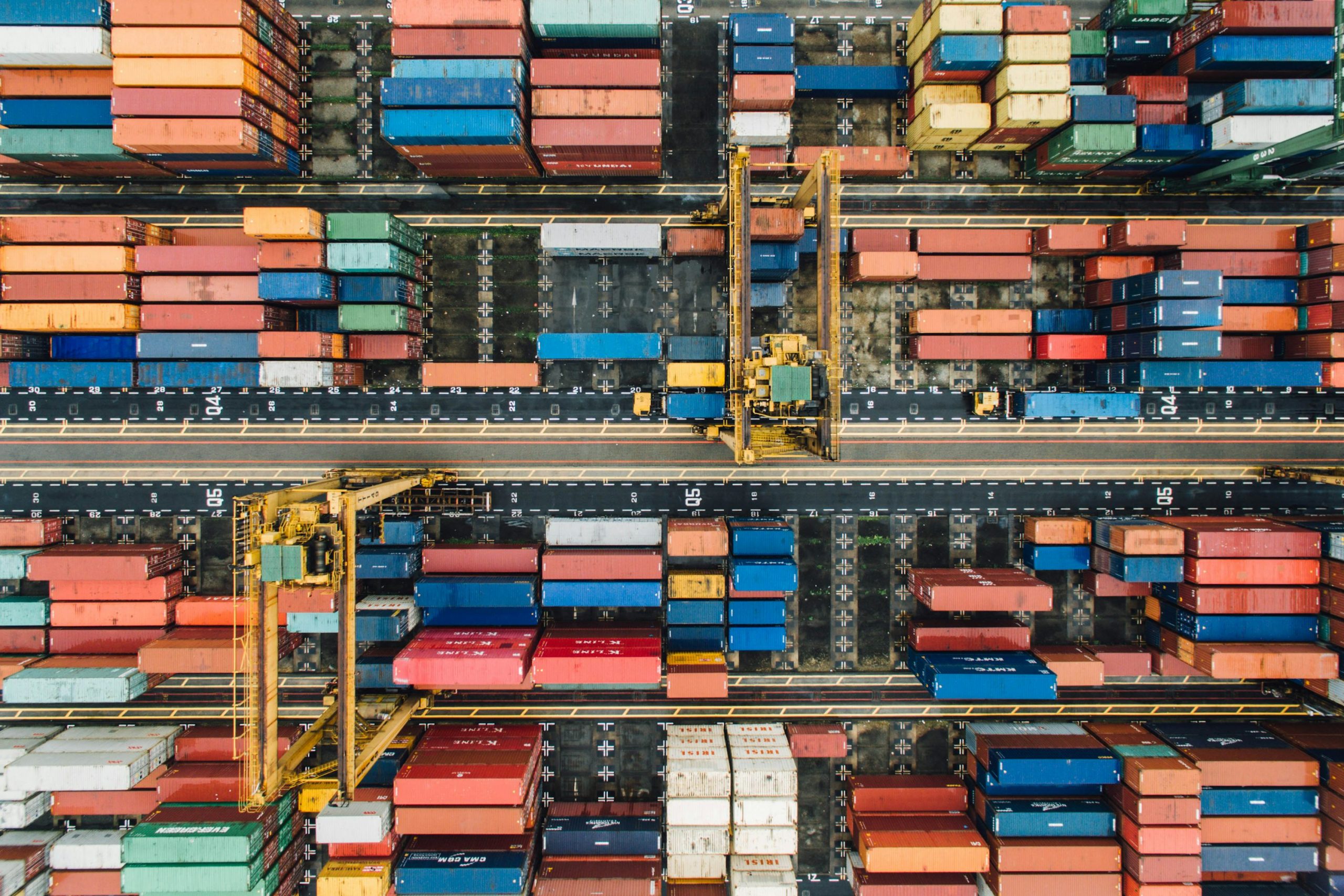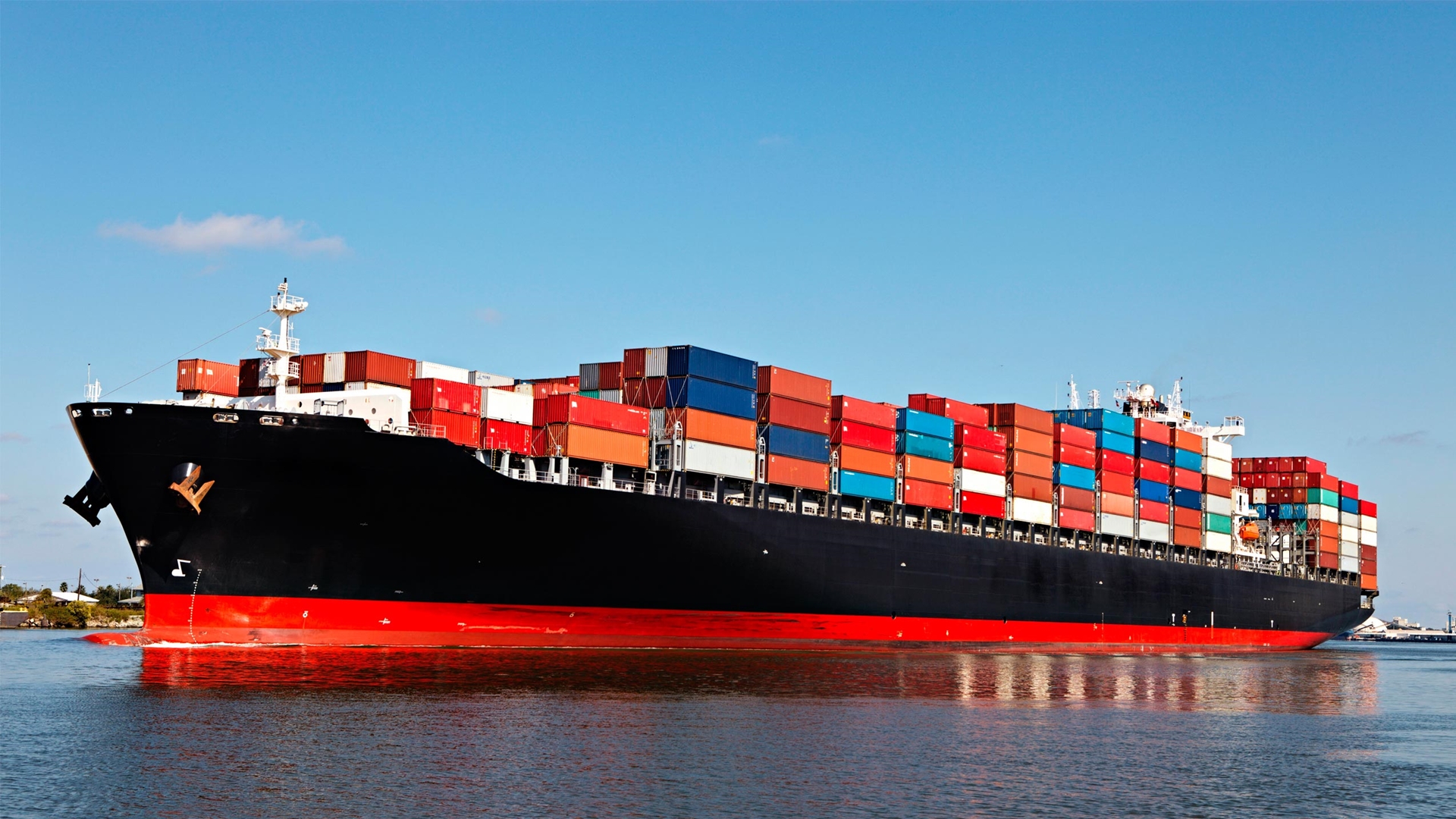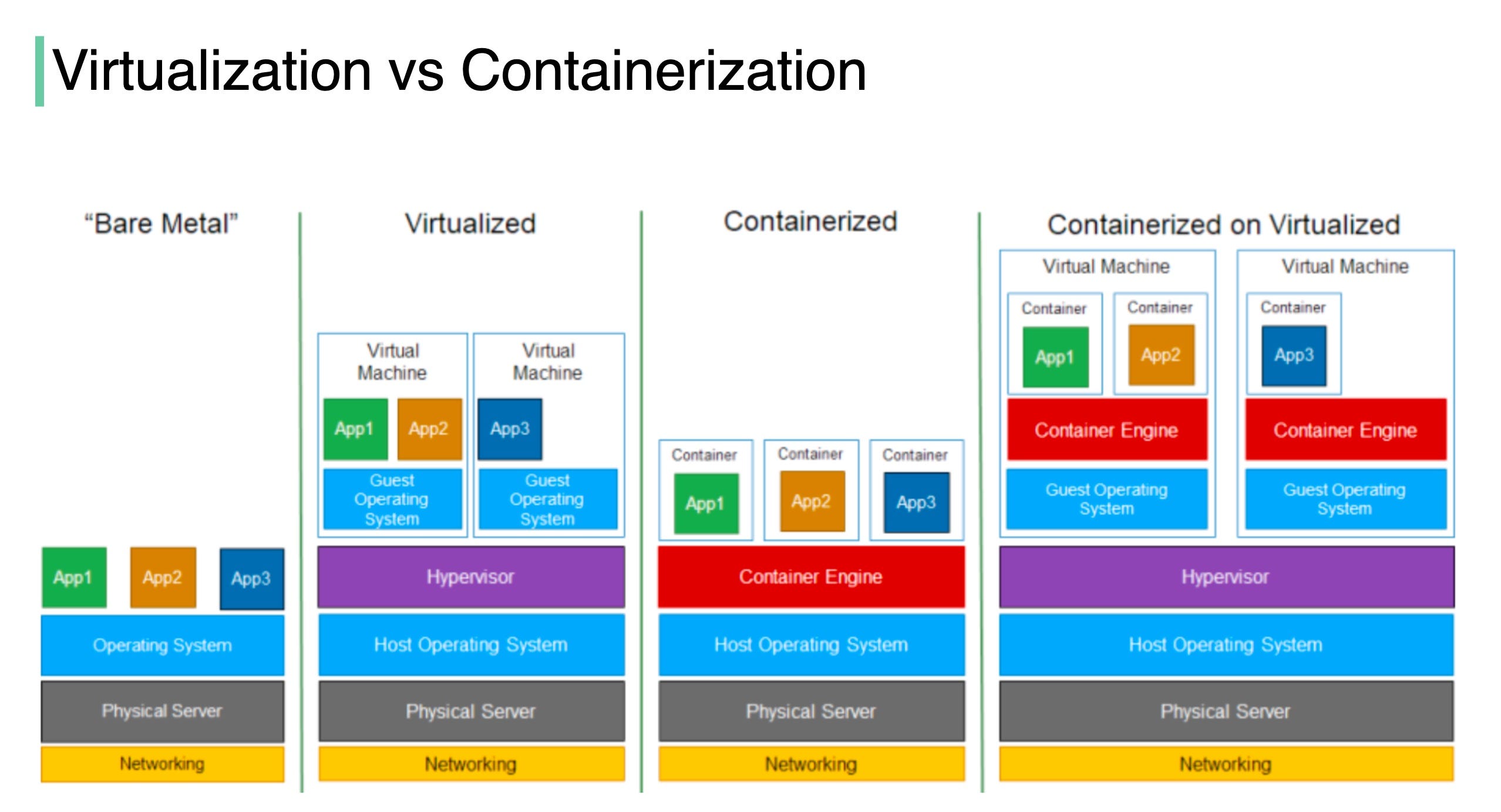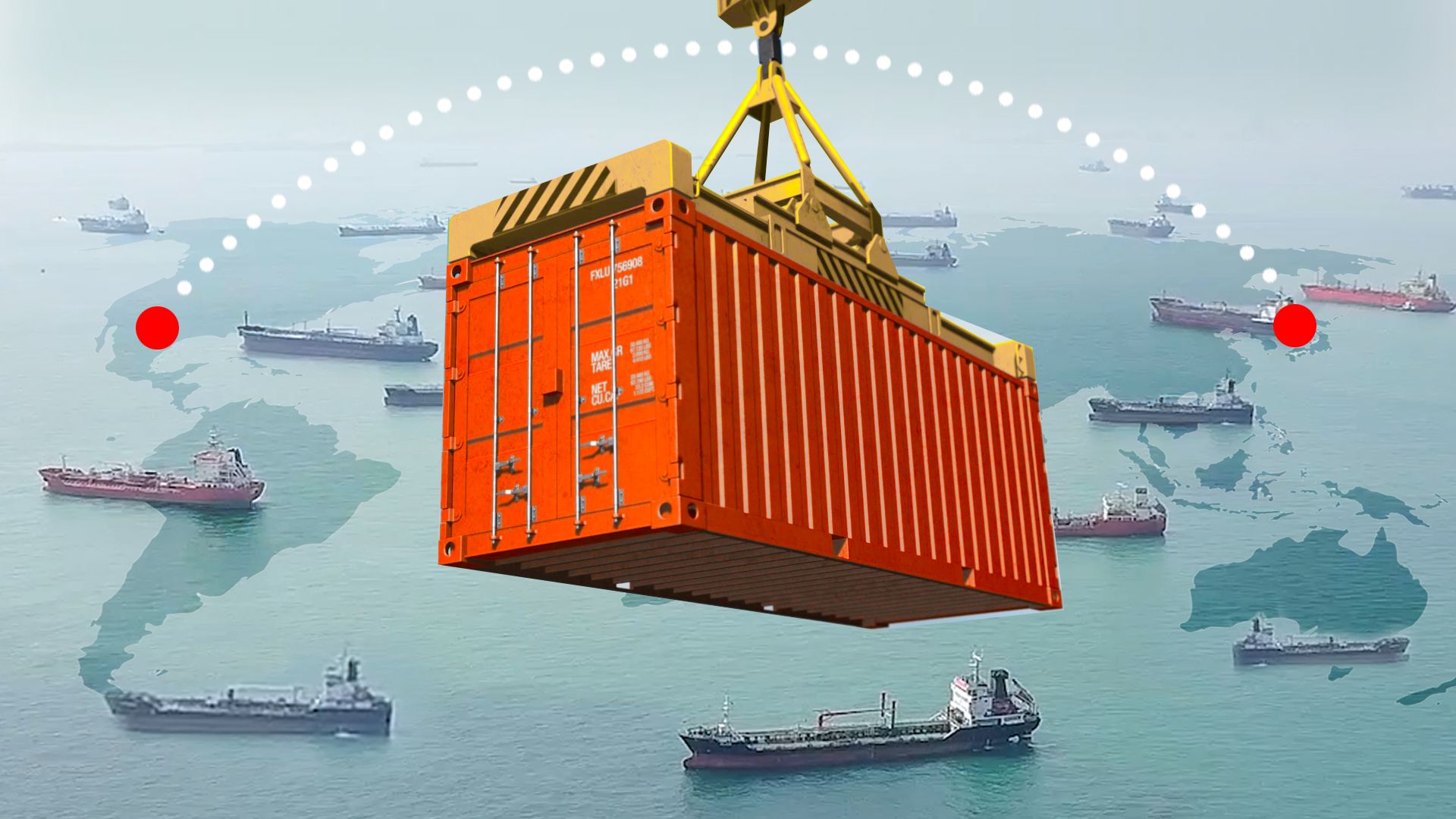A harbor is a sheltered body of water where ships can anchor safely.1 It provides protection from the elements, such as wind and waves, and offers facilities for loading, unloading, and repairing ships.2
Key Components of a Harbor:
- Breakwaters: Structures built to protect the harbor from waves and storms.3
- Pirs and Wharves: Structures extending into the water for docking ships.4
- Docks: Enclosed areas for loading and unloading ships.5
- Warehouses and Storage Facilities: For storing cargo before transportation.
- Customs and Border Control: Facilities for customs clearance and immigration.6
- Navigation Aids: Buoys, lighthouses, and other navigational markers to guide ships.7
Types of Harbors
- Natural Harbors: Formed naturally by geographical features like bays and inlets.
- Artificial Harbors: Constructed or modified by humans, often involving dredging and the construction of breakwaters.8
Importance of Harbors
- Trade and Commerce: Harbors are vital for international trade, facilitating the import and export of goods.9
- Economic Growth: They contribute to economic growth by creating jobs and attracting businesses.10
- Transportation Hubs: Harbors serve as transportation hubs, connecting sea, land, and air transportation.11
- Tourism: Many harbors are popular tourist destinations, offering scenic views, recreational activities, and cultural experiences.12
Harbors have played a crucial role in human history, shaping civilizations and driving economic development. As global trade continues to grow, the importance of well-maintained and efficient harbors will only increase.





